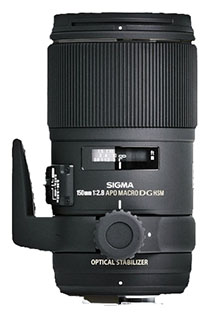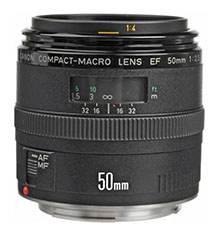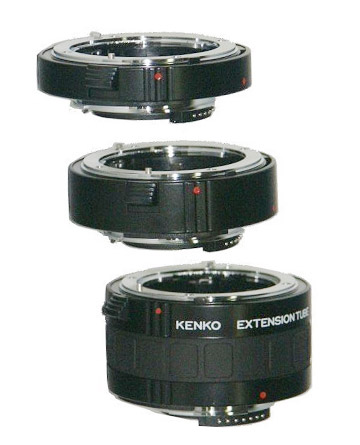HOW TO POSTS: LIGHTING AND COMPOSITION
This post may contain affiliate links and I may be compensated if you make a purchase after clicking one of the links. There is no cost to you.
Budget macro photography lenses
You don't have to invest in an expensive macro photography lens to take great close-ups.
I don't have anything against buying a good lens for shooting macro photography. I'm just like you-I don't want to spend a ton and I look for ways to save money on most of my photography gear.
This post will cover 5 ways on how to avoid the high cost of macro photography lenses.
1. save money on your lens by going short
1. GO SHORT. This is the first way to keep the price of a macro lens down.
If you decide to spend money on a traditional macro lens, get one of the shorter ones. Keep within your budget by getting a macro lens that is 60mm long or shorter.
Typically traditional macro photography lenses are between 35 and 200mm in focal length. But what's the best length lens for the macro photography you use?
The best quality macro lenses are prime (non-zooming) lenses with a fixed focal length. There are 3 categories for macro photography lengths.
- LONG. The longer macro lenses have a lot more glass and are quite a bit more expensive. With a longer working distance they are good for photographing insects that won't stay put if you get too close.
- MEDIUM. The medium length sizes are 80-100mm, are the most popular, and usually the working distance is in the 6-12 inch focusing distance range.
- SHORT. The shorter lenses are 60mm or less in length and good for general macro photography and are the most affordable for you to acquire. They require a close working distance to the subject. The really short macro lenses are for cameras with small sensors. Depth of field improves but you still have to work at very close distances.
2. macro photography with zoom lenses
CLOSE-FOCUSING ZOOM LENSES. Although they're not true dedicated macro lenses, many zoom lenses have a macro focus setting. They often don't have a full 1:1 magnification capability, but can focus fairly close to your subject. What's that mean to you? Maybe that's not such a big deal. You really don't have to have a 1:1 magnification to create some great close up images. Let's explore that next.
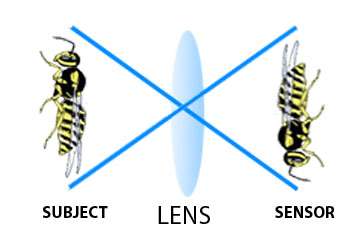 1:1 Magnification
1:1 MagnificationYou can avoid the high price of a dedicated macro photography lens by just using a zoom lens that is designed to include close focusing. After all, do you really need to achieve that 1:1 magnification get get some great close-up photos?
A true MACRO lens can produce an image on the sensor where the subject is exactly the same size at it is in real life in front of the camera. If you photograph an insect that is one inch long a true macro lens will give you an image on your sensor that is exactly one inch long too.
In the days of film photography, macro photography was very technically challenging. Because many modern digital cameras have smaller than full-sized sensors, it's easier to get good results with macro photography.
3. macro photography lens alternative
EXTENSION TUBES. One of the ways to save money on getting macro photography equipment that avoids the expense of getting a true macro lens is to get extension tubes. This is the way I've saved on buying a true macro lens for many years. That's the fact, Jack. These tubes contain no lens elements inside so there's no possible degradation of the image at all.
This is my favorite of the 5 ways to save that this blog post covers. I like to save money and I'm a big fan of what matters most to me. That's image quality. It's an oldie but goodie way to save on macro equipment that's been around along time. I've used a Canon 85mm f/1.8 lens combined with these stack-able extension tubes as a handy alternative to a macro lens for many years.
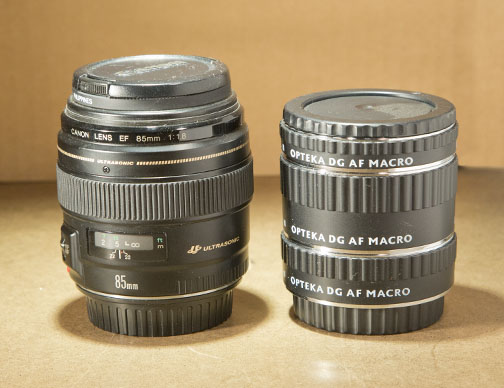 Alternative to a dedicated macro lens
Alternative to a dedicated macro lens85mm prime lens and extension tubes
How close you can get with extension tubes
This first photo of the branch was taken without any macro assistance from any special lens, filter, or tubes. The minimum focusing distance to the pine cone is about 27 inches to the subject.
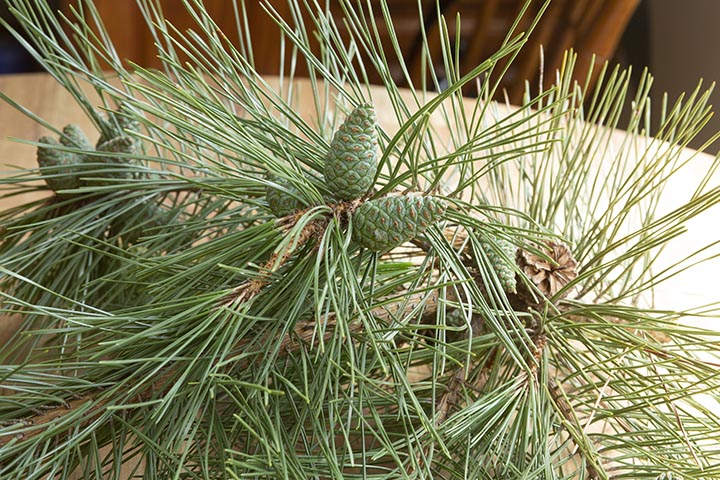 As close as I could get with no extension tube.
As close as I could get with no extension tube.With a normal minimum focusing distance of just under 3 feet for this lens, I would not be able to get enough for a decent shot of the texture in my subject.
I used the same 85mm lens with a 13mm extension tube to take this photo below of the same branch.
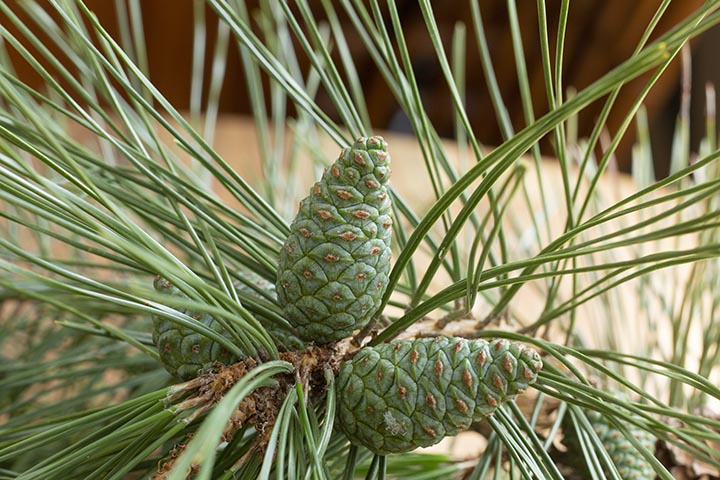 As close as I could get with a 13mm extension tube.
As close as I could get with a 13mm extension tube.With the single 13mm extension tube, my minimum focusing distance goes all the way down to about 13 inches or about 1/2 of the distance. Extension tubes are stack-able and can be stored with lens caps on both ends to keep them dust free.
In the close up photo below I was able to move all the way in to less than 10 inches with the 85mm lens.
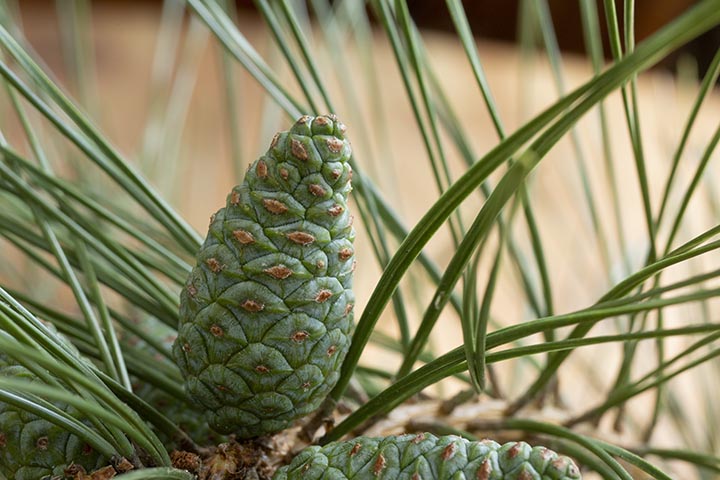 As close as I could get with a 21mm extension tube.
As close as I could get with a 21mm extension tube.The photo above feels more like it was taken with a traditional macro lens. What happens when we fully eliminate the cost of a macro lens capable of super close photography?
how close can you get when using 3 extension tubes Combined
Scroll down just little bit more to see another degree of magnification. This time it's the result of using 3 extension tubes at the same time, rather than a macro photography lens.
Using all three at once would more than quadruple your ability to come in closer and get a great magnification.
4. Use screw on magnification filters
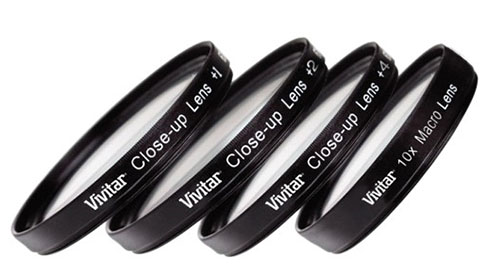 For my first ever macro photos
For my first ever macro photosI used screw on close-up filters.
SCREW ON FILTERS. This is exactly what I did when I first played around with shooting close-ups as a pre-teenaged photographer. My father had purchased a set of 3 screw-on filters.
They were fun to use, no doubt, but the image quality was pretty poor. They were great for me a beginner macro photographer, but my images were not very sharp.
A close focusing filter is just a thicker filter (like a mini magnifying glass) that screws onto the end of whatever lens you're already shooting with. When you use one you'll be able to focus from a closer distance to your subject.
advantages of using a filter instead of a macro lens
- You save money over buying a macro lens.
- They're small and easy to carry anywhere.
- Like extension tubes you can buy a set of them to save money and they can be used separtely or in tandem to get different levels of magnification.
disadvantages of using a filter instead of a macro lens
- Image quality suffers significantly. Screw-on close focus filters are made up of just a single lens element.
- You can't take sharp images of distant objects when close-up filters are screwed onto your lens.
5. Lens reversal adapters.
LENS REVERSAL RING. You can budget macro photos and avoid buying a new macro lens by using a reversing ring adapter on any lens you already have. For me personally, this is too much of a gimmick, but it is an alternative that I want you to at least know about.
- First, You will get extremely close focusing distances to your subject
- Secondly, the back lens element on your lens will be exposed to potential damage/scratches because it will be fully exposed and super close to your subject.
- Finally, your focusing and all camera settings must be done manually and your lens can only use the wide open maximum aperture.
Here is a short video that shows you how to use a reversing ring and turn yours your everyday lens into a super close-up lens so that you won't have to spend money on a true macro lens.
5 Ways to Shoot Maco Photos Cheaply
In conclusion, here's a recap on 5 ways you can save money with lens choice and macro photography
- Get one of the shorter macro lenses 60mm or less.
- Use a close focusing general purpose zoom lens.
- Buy extension tubes.
- Screw on close-up filters.
- Use a lens reversing ring to mount your existing lens backwards.
How to get the best macro lens at a bargain price.
I strongly recommend you consider getting a cheaper price on your macro lens by purchasing a pre-owned macro lens. You can choose to get one lens you really want in like new or excellent condition along with a warrantee.
|
Since I first wrote this post, I've had a few more experiences and they've been nothing but positive in terms of the excellent quality of the used gear I've gotten from KEH. My last three purchases of used gear have all been made through KEH. I saved a lot of money by not buying new and the condition of equipment was simply perfect. KEH is a camera and lens retailer that specializes in used equipment |
Keep shooting. Stay inspired


ABOUT BRUCE LOVELACE
Bruce is the publisher of this website. He is the author of the book "Improve Your Photography Instantly." Read more on Bruce on his Bio Page. He's been known as The Traveling Photographer ever since 1994. Read more about this website.
View some of Bruce's photos on Instagram. Visit the Facebook Page. Watch him on YouTube. Bruce runs photo workshops for kids and adults, and provides one-on-one photography coaching.
Digital Photography Education Location on Google My Business
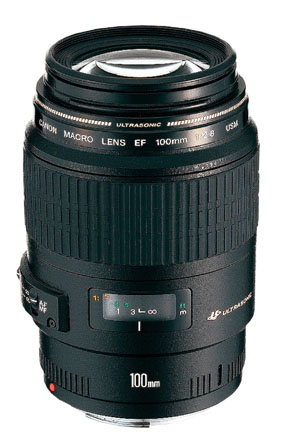
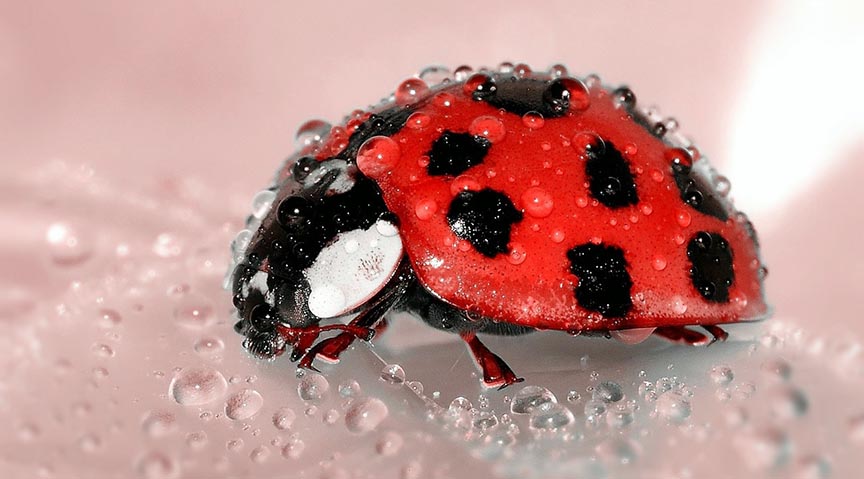
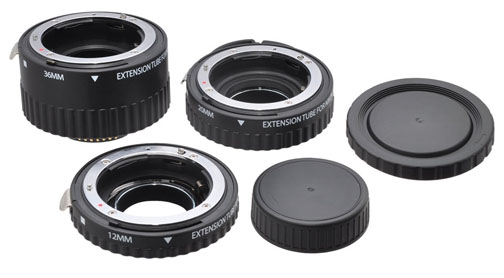
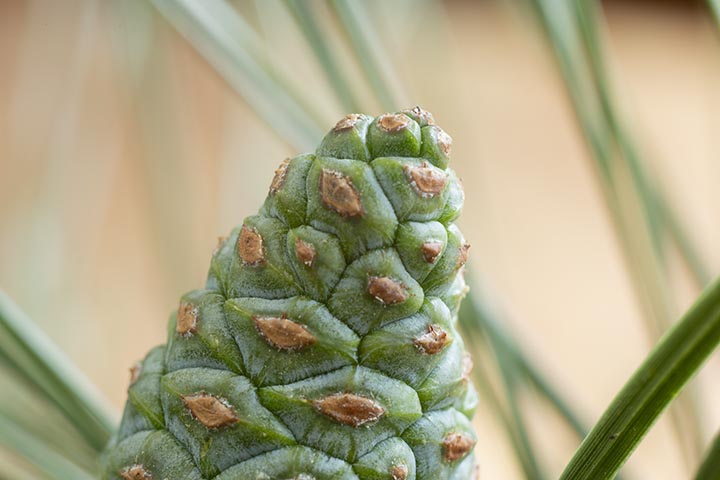
 I BUY FROM KEH
I BUY FROM KEH



